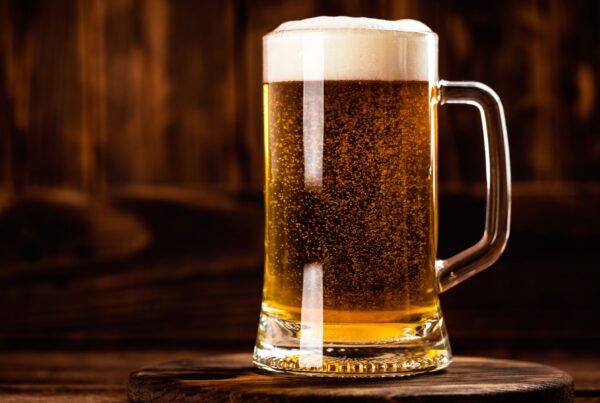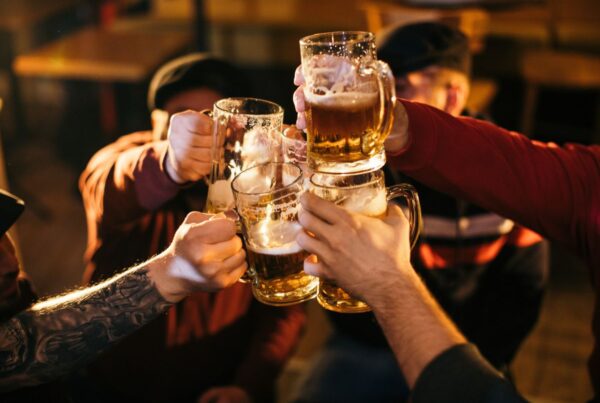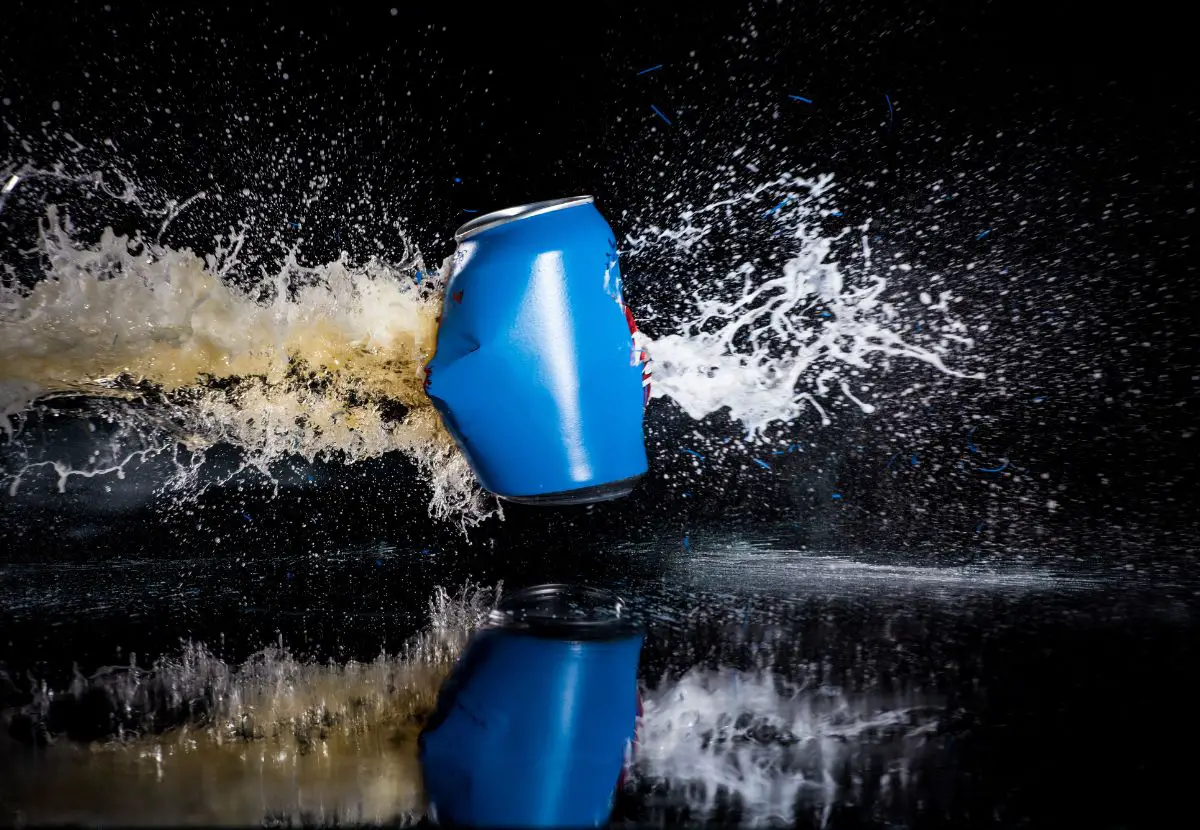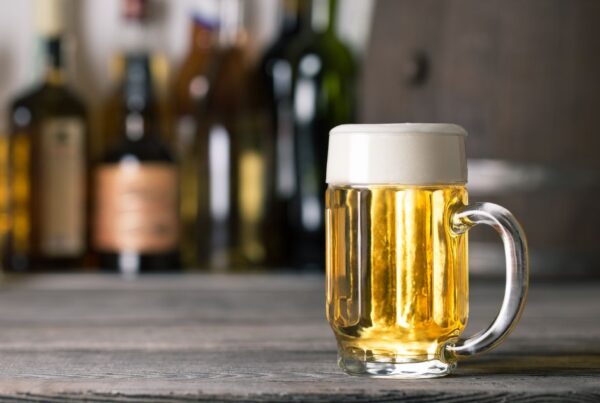Why Do Beer Cans & Bottles Explode?
When you’re in the mood to relax with a cold one, the last thing you want is an unexpected shower. Yet, sometimes when you pop the cap off a beer bottle, or crack open a can, beer seems to defy gravity—resulting in a foamy eruption.
This unwanted phenomenon not only wastes perfectly good beer, but also leaves a mess. So, what causes these explosive moments in beer handling?
The Science of Exploding Beers
At the heart of this issue is carbonation, the process that gives beer its refreshing fizz. This carbonation is a result of carbon dioxide (CO2), either produced naturally through fermentation or added artificially before packaging.
When beer is bottled or canned, the CO2 dissolves into the liquid under high pressure. When the pressure is suddenly released upon opening, the gas escapes rapidly, sometimes carrying the liquid with it.
Several factors can exacerbate this effervescence into anything from an erupting “beer geyser,” to a full-blown can or bottle explosion.
- Temperature – Warm beer is more prone to exploding than cold beer. As temperature rises, the solubility of CO2 in beer decreases—meaning more gas is released upon opening.
- Agitation – Shaking a beer can or bottle will cause the CO2 to come out of solution and form bubbles. These bubbles cling to the sides and gather at the top, leading to a surge of foam when the pressure is released.
- Over-carbonation – If too much sugar is present during fermentation, yeast will produce excess CO2, resulting in over-carbonation. This can happen during the brewing process or if the beer continues to ferment inside the bottle, especially with craft or homebrews.
- Contamination – Foreign particles or bacteria can provide nucleation sites for bubble formation. A dirty bottle or can, or even the introduction of foreign substances, can lead to a foamy outburst. Nucleation sites are, in less technical terms, “starting blocks” for bubbles. These are spots where the gas dissolved in a liquid—like carbon dioxide in beer—can gather and form bubbles. In the case of beer (no pun intended) these sites can be any minor imperfection or tiny bit of foreign material, such as a speck of dust or a rough patch on the glass inside the bottle.
- Storing Beer Horizontally – This may seem small, but it makes a lot of sense when you think about it. Storing beer upright minimizes the surface area where CO2 can gather, reducing the chances of an explosion. If beer is stored on its side, more CO2 can collect at the opening, leading to a greater release of gas and foam when opened.
- Defects in Packaging – Imperfections or weaknesses in cans or bottles can create points where CO2 congregates, increasing the likelihood of an explosive opening.
To help mitigate the chances of an unexpected beer-ruption, consider the following tips:
- Chill Your Beers – Keeping beers cold will help maintain CO2 in solution.
- Handle With Care – Avoid shaking or jostling beers before opening.
- Store Properly – Keep beers upright and in a cool, dark place.
- Check for Damage: Inspect cans and bottles for dents or imperfections before purchase.
Of course, even with these precautions, sometimes a beer might still foam over. Often, this is a sign that the beer has been over-carbonated, either due to an error during the brewing process, or because the beer has been exposed to high storage temperatures for too long (which can trigger additional fermentation within the bottle).
Brewers aim for a precise amount of sugar in the beer before bottling, which the residual yeast will consume, producing CO2 and alcohol. This process is delicate; too much sugar can lead to excess carbonation, creating the potential for not just foamy beer, but also for bottles to burst under pressure.
This aspect of brewing underscores the importance of quality control in beer production. Breweries often have stringent procedures and checks in place to avoid over-carbonation. But for those of you who brew your own beer at home with a kit, the challenge is greater without advanced equipment—but attention to detail and careful measuring can go a long way.
Note: It’s important to acknowledge the very real safety hazards that an exploding container of beer can present. Although the likelihood of a beer container exploding is relatively low when proper precautions are followed—though it is higher for home brewed beers—the potential for accidents always exists. If you suspect a beer is at risk of being over-pressurized, it’s best to err on the side of caution and dispose of it safely. Enjoying a beer should be a pleasurable experience, and taking some basic precautions can help ensure that it remains so.
Why Does Beer Explode in the Freezer?
Storing beer in the freezer might seem like a quick way to get it ice-cold, but it’s a gamble that usually leads to a frosty explosion.
The science behind why beer explodes inside the freezer is straightforward and comes down to two main factors: the expansion of liquids as they freeze, and the solubility of gases in liquids at different temperatures.
Water, the main component of beer, expands as it freezes. This is because water molecules, when transitioning into ice, arrange themselves in a crystalline structure that takes up more space than when they are in their liquid form. Since beer cans and bottles provide a very limited amount of space, this expansion can increase the internal pressure to the point where the container can no longer hold it, leading to a rupture.
Carbon dioxide is less soluble in water as the temperature decreases. So when beer is cooled, especially down to freezing temperatures, the CO2 is less able to stay dissolved and begins to revert to its gaseous state, adding to the pressure exerted on the container from the inside.
When both these factors come into play in the confined space of a beer bottle or can in the freezer, the pressure can become too much. The container may simply pop its top, or, in more dramatic circumstances, shatter or explode, leaving behind an icy mess of beer and broken glass/aluminum.
To avoid such messy (and potentially dangerous) situations, it’s important to chill beer in a fridge—not the freezer—where it can reach the perfect serving temperature without the risk of freezing and exploding.
Other Factors that Can Cause Beers to Explode
Besides the usual suspects listed earlier, there are a few other factors that can turn your ice cold brew into a ticking foam bomb. Let’s take a look:
- Craft beers often include added ingredients like fruits, spices, and other fermentables which can introduce more sugars into the brew. These sugars can continue to ferment further once the beer is bottled, producing additional CO2 that can lead to increased pressure inside the container. This can be especially risky if the beer isn’t stored at the correct temperatures, or if it is past its prime consumption period.
- Lastly, let’s not forget about external factors like transportation and handling. Beers can travel long distances from the breweries to your local bar, beer garden, or alcohol retailer—and bumpy rides, potholes, and other rough handling can agitate the beer, leading to the formation of CO2 pockets*.
*This is why a beer can explode even if it’s been sitting still on your shelf for a while—it could have been shaken up at any point before you bought it. (And it’s much easier to blame a messy explosion on some imaginary, overzealous UPS driver than the beer holder’s own eagerness to pop the top.)
Note: In specialty craft beers, particularly those that are bottle-conditioned where fermentation continues in the bottle, the risk of explosion can be higher. These beers should be treated with extra care. Many of them come with instructions for optimal storage and handling.
Final Thoughts
Sure, beer eruptions may seem funny when you’re safely out of splash range—but when it’s your dignity and your carpet on the line, not so much.
Taking these precautions will help ensure that when you’re ready to crack open that first beer, the night won’t start with you mopping the floor, drying off your phone, or wringing out the dog.
Remember: An ounce of prevention is worth a pint of cure.






